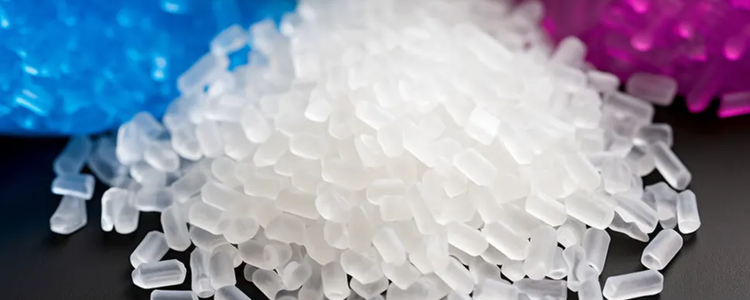SIS Solvent Based Pressure Sensitive Adhesives: Applications, Key Performance Indicators, and Manufacturing Methods I. Application Fields Packaging Industry Widely used in producing adhesive tapes such as BOPP tapes (carton-sealing tapes) and masking tapes. Labeling Industry Suitable for manufacturing self-adhesive labels, product tags, and stickers. Medical Sector Applied in medical tapes and bandages, requiring excellent adhesion and breathability to ensure patient comfort and therapeutic efficacy. Electrical Engineering Used for electrical insulating tapes and insulation wraps. Material Processing Empyed in wood panel lamination and furniture edge banding. ther Fields Includes transparent tapes, double-sided tapes, and protective/masking tapes. II. Key Performance Indicators Initial Tack: Demonstrates rapid adhesion to substrates upon contact. Holding Power: Maintains stable adhesion over extended periods without detachment. Peel Strength: Reflects bond strength between the adhesive and substrate, meeting diverse application requirements. Tensile Properties: Includes tensile stress, yield stress, and elongation at break. Aging Resistance: Retains performance stability under prolonged environmental exposure. Anti-Yellowing: Resists discoloration under UV light or thermal-oxidative conditions. Transparency: Offers high clarity for visual appeal in applications. III. Preparation Method A) Raw Material Preparation SIS: Multiple grades of styrene-isoprene-styrene (SIS) block copolymers from Yuehua Chemical can be used for solvent-based adhesive production, with varying initial tack, holding strength, and peel strength across different grades. Solvents: Select appropriate solvents such as toluene, cyclohexane, or petroleum ether to regulate system viscosity and facilitate SIS dissolution. Initiator: Employ benzoyl peroxide (BPO) or other suitable peroxides to initiate polymerization. Auxiliary additives: Incorporate plasticizers, tackifying resins, antioxidants, and other functional additives as required. Plasticizers enhance flexibility and elongation, tackifying resins improve adhesive strength, while antioxidants increase aging resistance. B) Manufacturing Process Formulation & Dissolution Precisely weigh SIS, solvent, and initiator according to predetermined formulation. Viscosity and flowability can be modulated by adjusting the SIS-to-solvent ratio to meet diverse application requirements. Achieve complete dissolution of SIS in solvent to obtain homogeneous solution. Polymerization Reaction Charge the SIS solution and initiator into the reactor. Maintain controlled temperature and pressure conditions throughout the polymerization. Implement continuous agitation to ensure uniform reaction progression. Post-treatment Conduct devolatilization to remove residual solvent and initiator after reaction completion. Perform sequential filtration, washing, and drying processes to obtain purified SIS solvent-based adhesive.
